Apple just made a move that perfectly captures everything wrong with its entertainment branding strategy. The tech giant is dropping the "plus" sign from Apple TV+, trimming the name to plain "Apple TV." Sounds tidy, right? It is the platform's first name change in its six-year history. Instead of fixing the mess, it turns a muddle into a minor crisis.
The real kicker? It creates potential confusion inside Apple’s own hardware and app ecosystem. That is not just clumsy brand management, it undercuts the premium content strategy Apple keeps touting.
The naming nightmare that keeps getting worse
Here is the tangle. The name "Apple TV" was already used for Apple's connected TV set-top box device and its app. Now the streaming service wears it too. Three different things, one label. If reading that knots you up, imagine a regular consumer in a store trying to figure out what to buy.
The scope comes into focus with the numbers. Ninety-six percent of U.S. consumers are familiar with Apple TV Plus, but only 51% can explain the difference between the subscription streaming service and other major SVODs. Netflix sits at 100% brand awareness and an industry-leading 88% brand understanding. When the decision moment arrives, Apple’s name game slows people down.
And it is not just academic. There is confusion between Apple TV (the hardware), Apple TV+ (the streaming service), and the Apple TV app. The practical fallout is brutal, people think they need an Apple TV box to stream Apple TV+, when it works on all kinds of devices and TVs. That is purchase friction competitors do not impose.
Which is the most frustrating part. Apple, the company famous for removing friction, built its own speed bump before anyone even presses play.
Why Apple's premium content deserves better recognition
Here is the maddening thing. The content is excellent, and the receipts are public. We are talking about 553 wins and 2,562 award nominations. Industry watchers point out that Apple TV+ is by far the highest quality streaming service on TV with several shows you could make an argument are the best show on TV.
Yet almost no one subscribes to Apple TV+. The engagement gap is stark, Netflix receives more minutes viewed in a day than Apple TV+ gets in a month. That is not a quality problem, it looks like a clarity problem.
Drill down to shows and the disconnect gets louder. Slow Horses and Foundation are ranked as the top two shows on TV on any service or channel. These are not hidden gems, they are the kind of series that should spark weekly group chats.
Apple’s own strategy complicates visibility. Prioritizing quality over quantity leaves a smaller content library compared to competitors. Smart bet, until the name confusion keeps people from finding the few great things you are betting on.
The ecosystem integration opportunity Apple keeps missing
This is the part that baffles me. Apple’s superpower is seamless integration, yet the TV strategy muddies rather than amplifies it.
HomePod and HomeKit could be better integrated with Apple TV. Picture it, ask Siri for a show, it appears, lights dim, temperature adjusts. That should make Apple TV feel inevitable for Apple users. Instead, the naming fog hides the path.
Hardware runs into the same headwind. The latest models of Apple TV hardware offer excellent performance, but their pricing and features do not differentiate them enough from competing streaming devices. Many consumers see Apple TV as an expensive alternative to more affordable streaming devices, which means the ecosystem value gets lost and the price looks like a penalty.
The fixes are not exotic. Reimagining the Apple TV brand could include tighter service and hardware ties, such as bundled subscriptions or extended free trials. Apple could also diversify the Apple TV hardware lineup, think Apple TV Mini, Apple TV Pro, Apple TV Soundbar. Clear choices, more touch points, stronger lock in.
But first, people have to understand what is what.
What Apple should learn from its own playbook
The template lives inside Apple already. A full Apple TV+ brand reboot, inspired by Apple’s winning Beats formula, is sitting in plain sight. Remember, Apple bought Beats for $3 billion more than 10 years ago and many assumed the name would vanish.
It did not. Apple has continued to let Beats be Beats in headphones and speakers, and the brand has only gotten stronger on its own terms. Crucially, Apple fully owns Beats, but its name is not all over it. That distance opens doors to audiences who might resist Apple’s premium posture.
It works because Beats is seen as a brand for everyone. Its own voice, its own vibe, its own lane, with Apple’s tech muscles behind it.
Apple TV+ would benefit from that independence. A clean rebrand would end the basic mix ups, no more confusion about what the product is, clearly a streaming service, not an app or a box. No more confusion about who it is for, everyone, not just Apple users. And no more automatic link to Apple’s premium pricing baggage, the service could set its own value story.
That would let Apple’s shows compete on merit while the brand builds its own cultural identity, the same way Beats did in audio.
Time for Apple to think different about TV
Dropping the plus sign is not a cosmetic trim, it is a misread of the real problem. As Jason Platt Zolov notes, as big streamers aim to be all things for all people, viewers are struggling to identify what distinguishes them. In that climate, Apple’s simplification blurs the edges further.
Apple already has the ingredients, world class shows that can stand next to HBO’s peak, technical infrastructure that runs smoothly on every device, and the budget to play with anyone.
What is missing is a brand that makes sense in five seconds. Rebooting the Apple TV brand could unify Apple’s vision for home entertainment and smart home functionality. Spinning the streaming service into an independent identity, Beats style, could unlock the audience those awards and rave reviews suggest is out there.
Bottom line, Apple is making television that competes with the best from Netflix and HBO. The platform works across screens people already own. The ecosystem advantage is real.
What it does not have is clarity. Until the company closes the gap between content quality and brand comprehension, the shows that deserve center stage will keep playing to smaller crowds. Dropping a plus sign will not fix it, it just wraps the confusion in a shorter name.






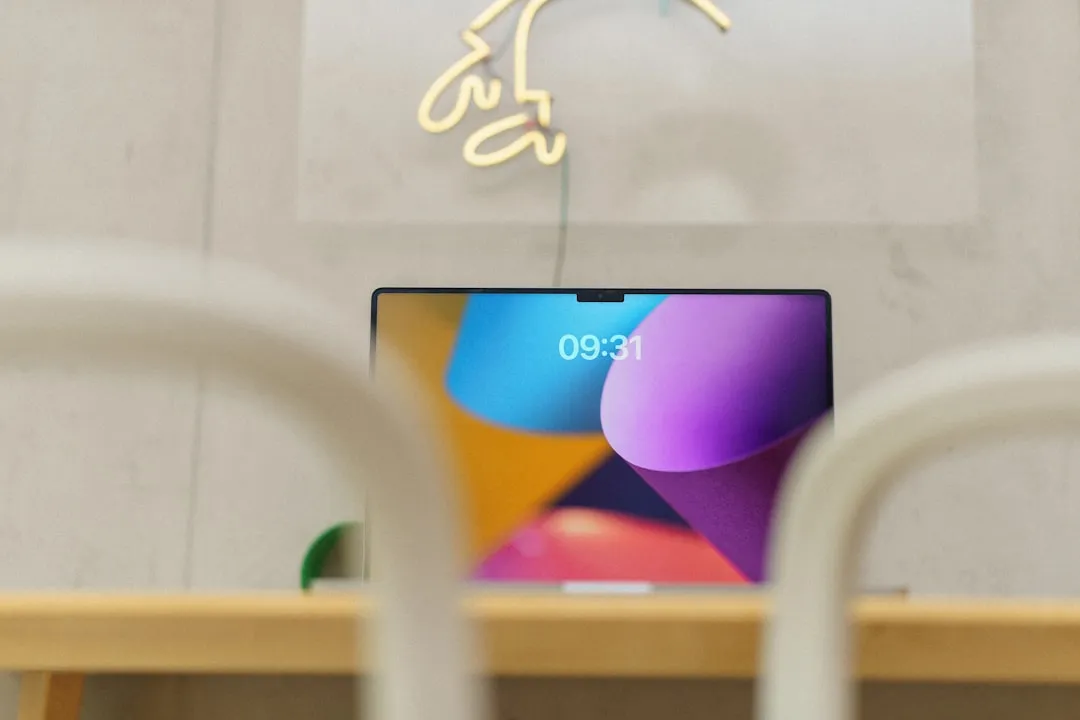
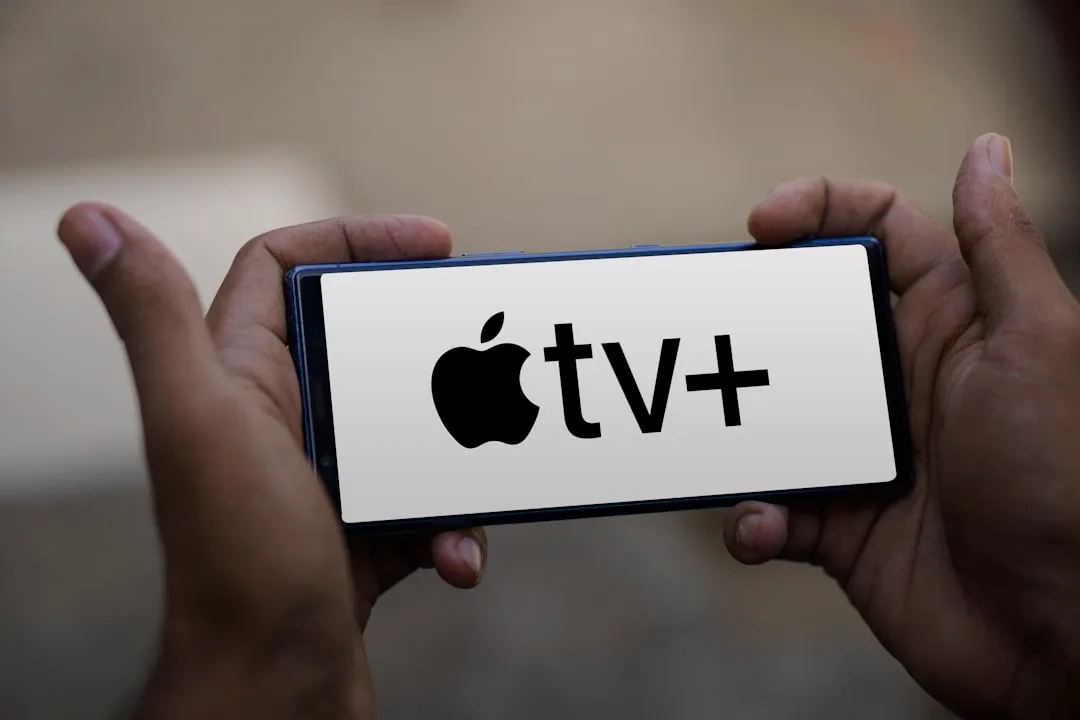

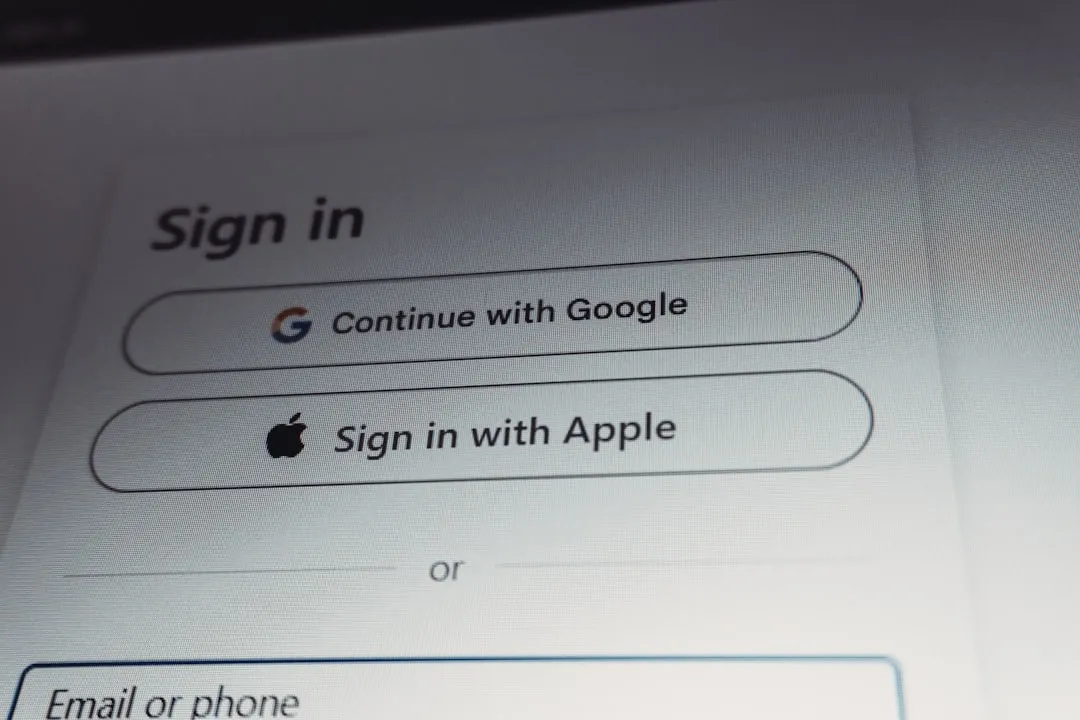
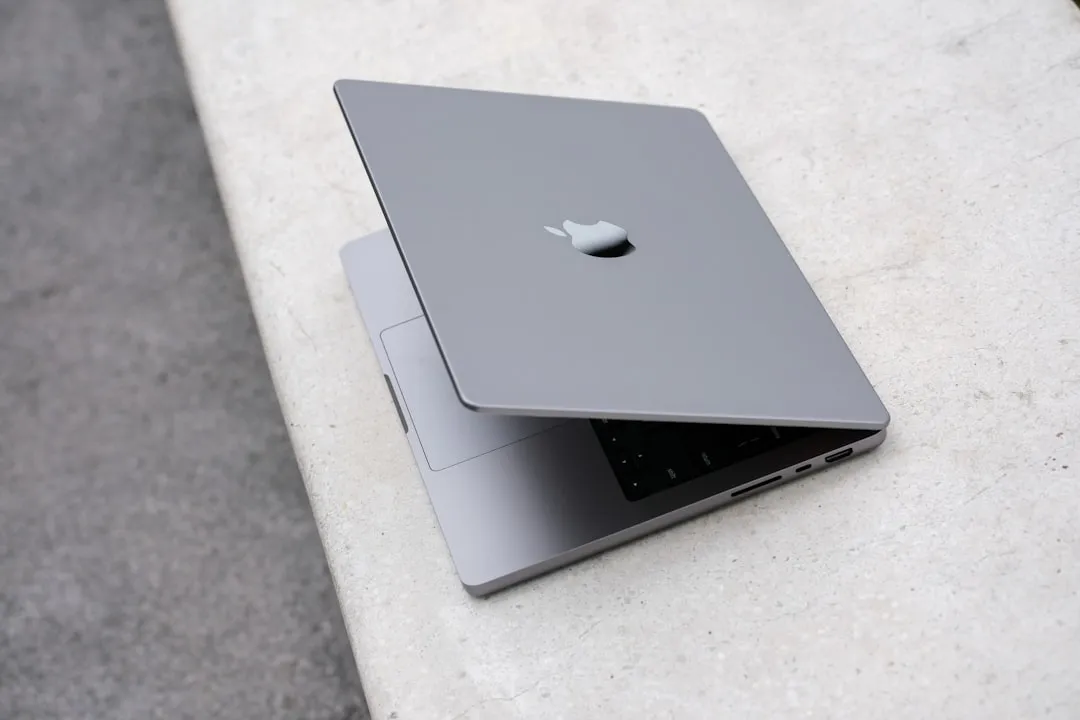




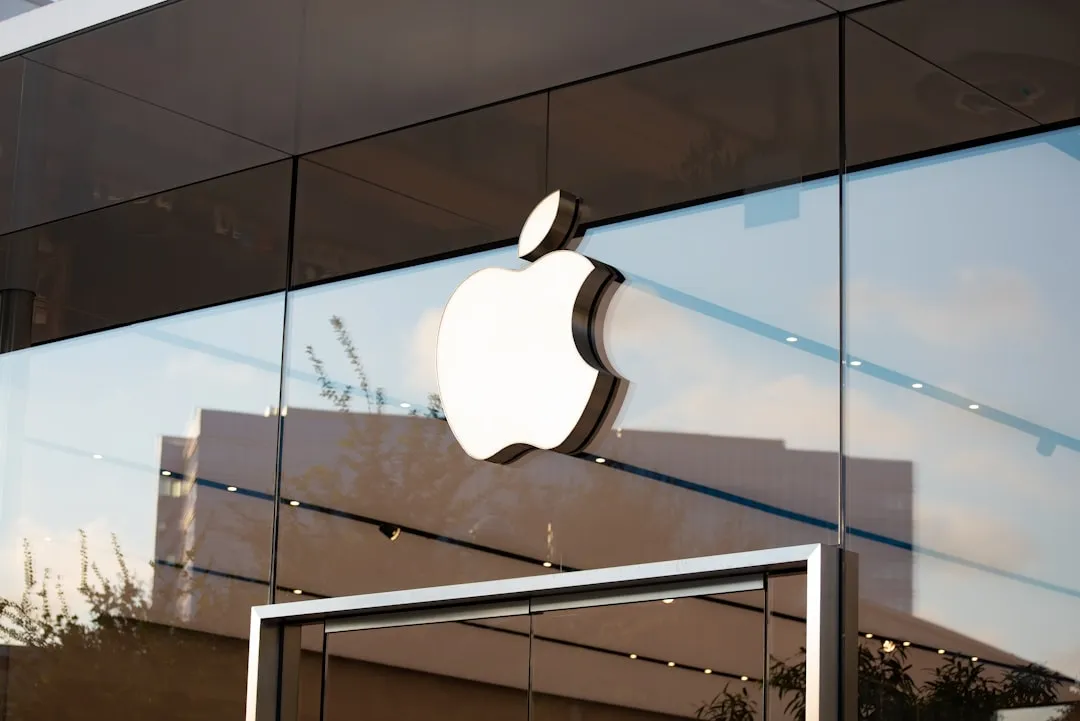

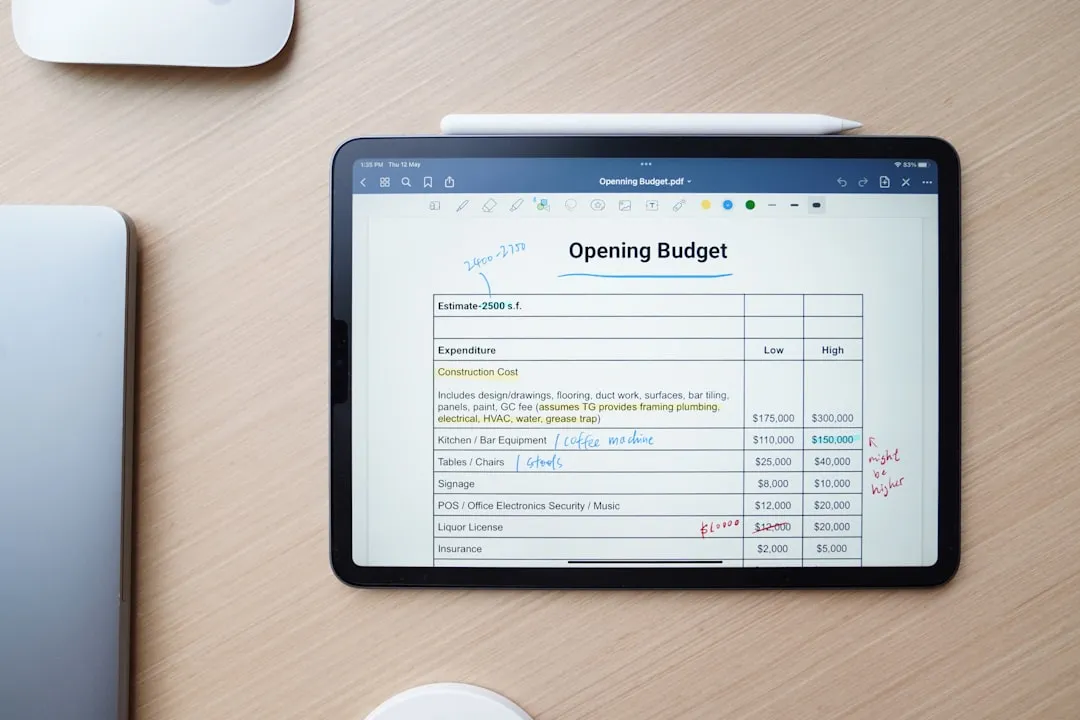

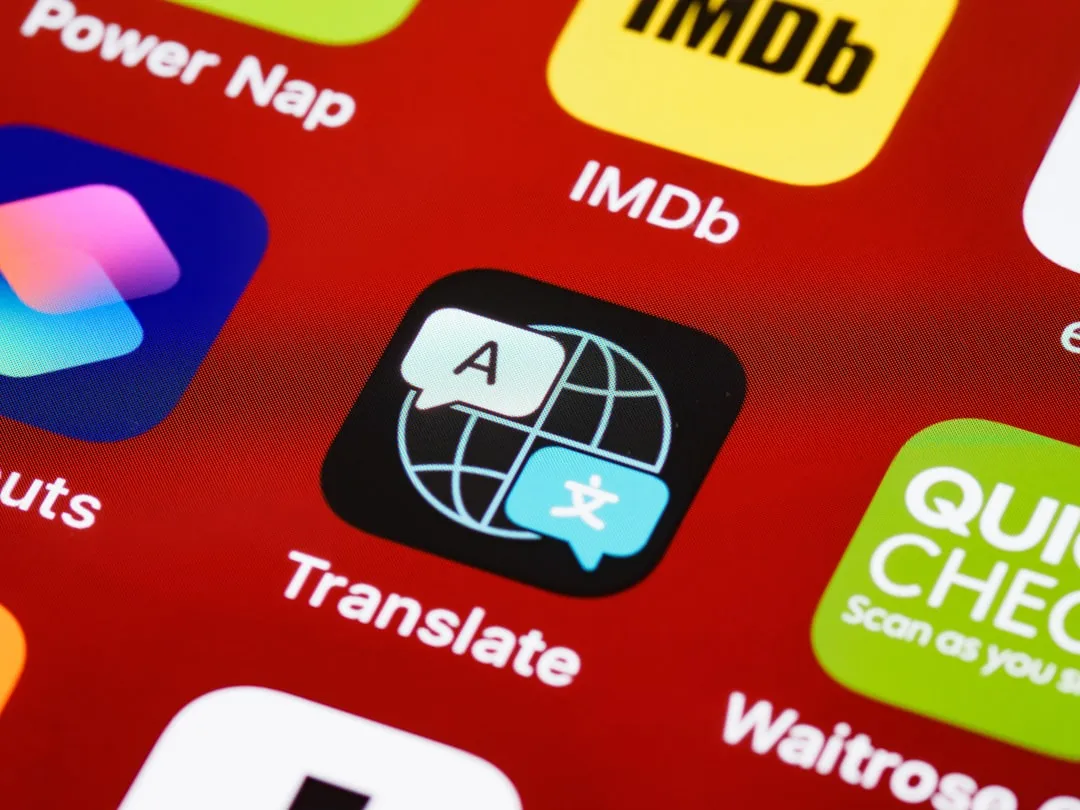

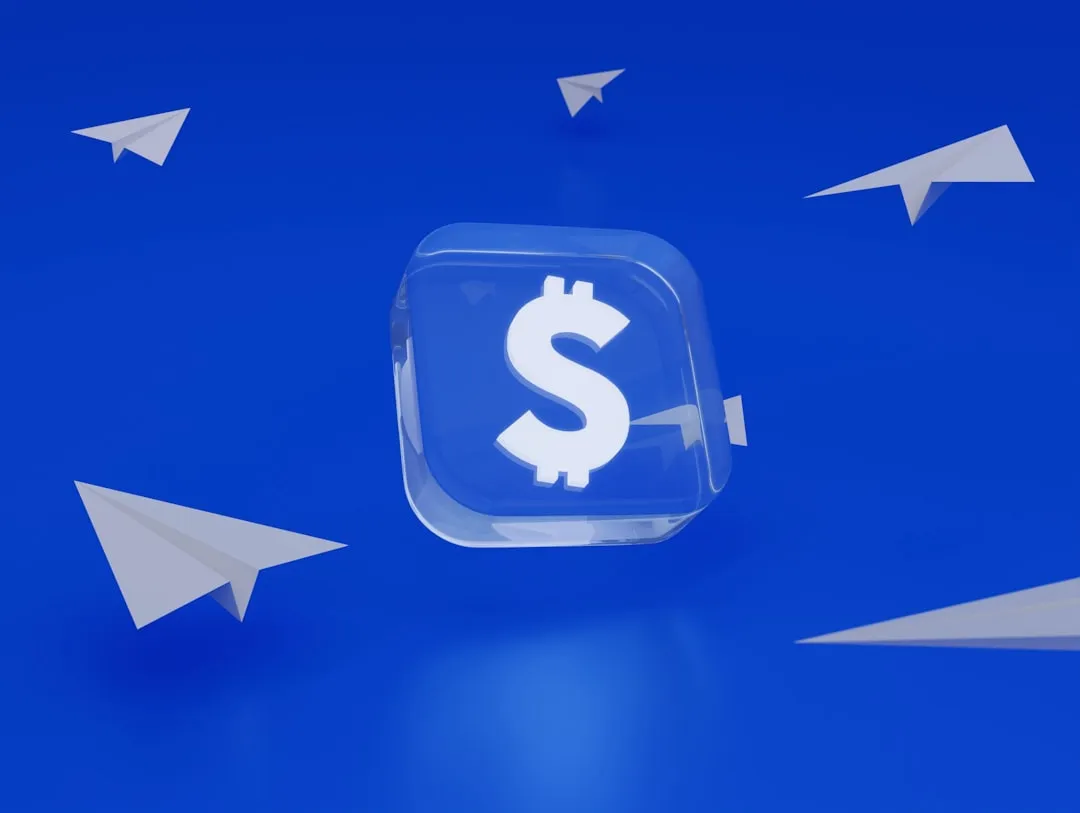

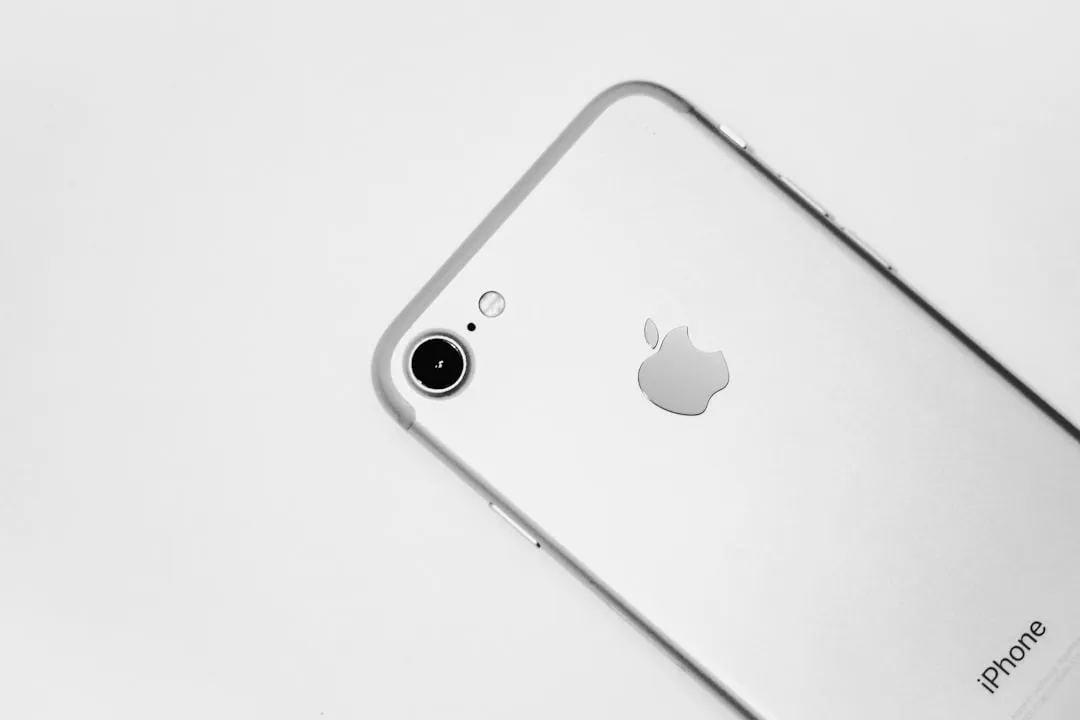
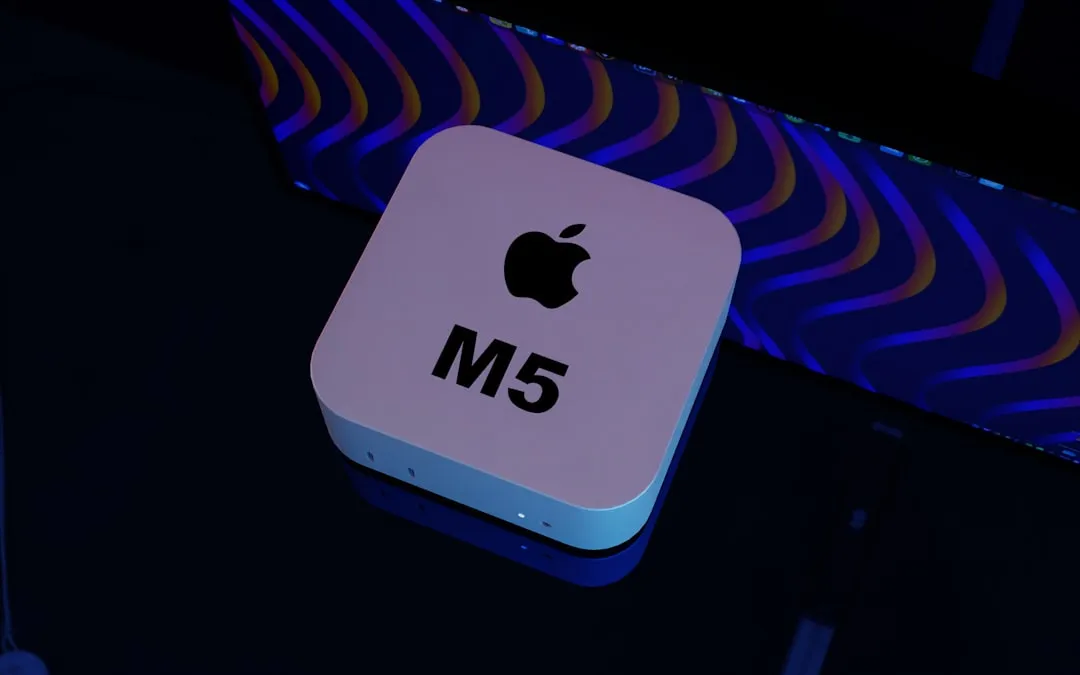
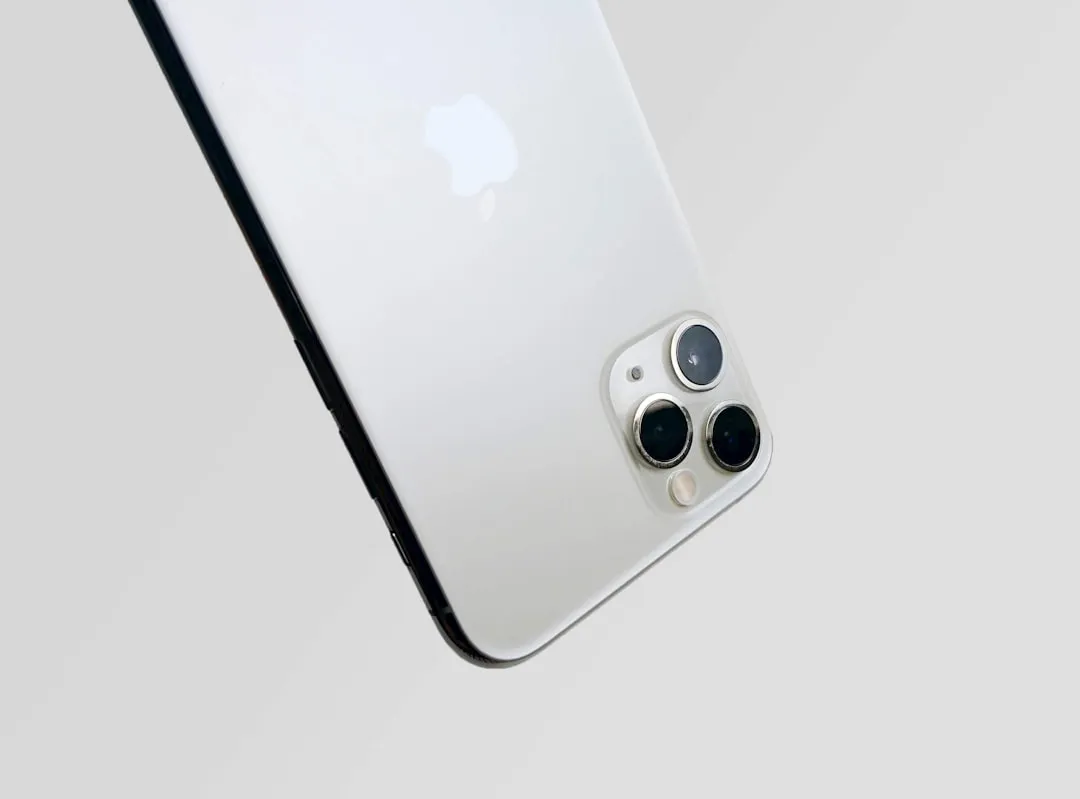

Comments
Be the first, drop a comment!